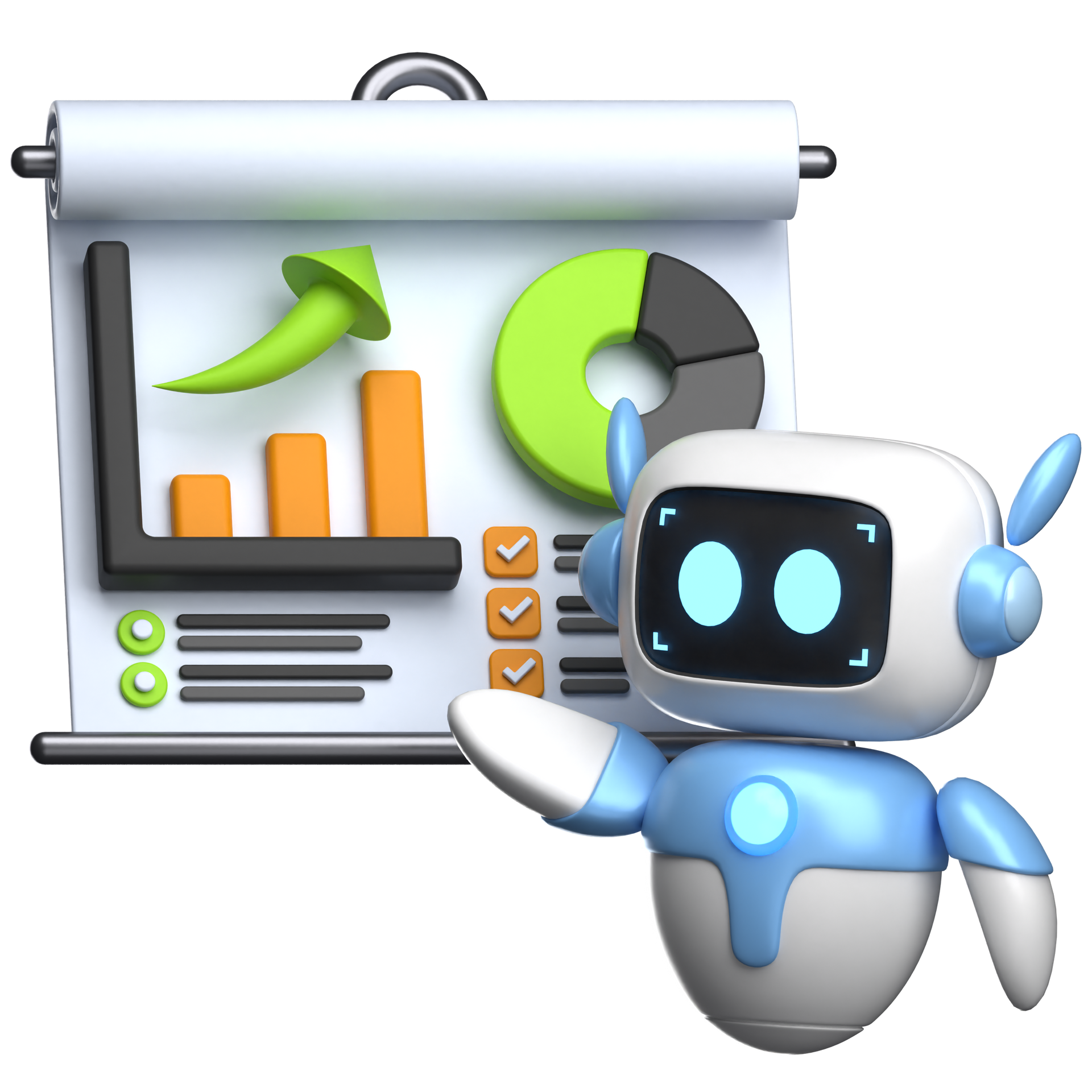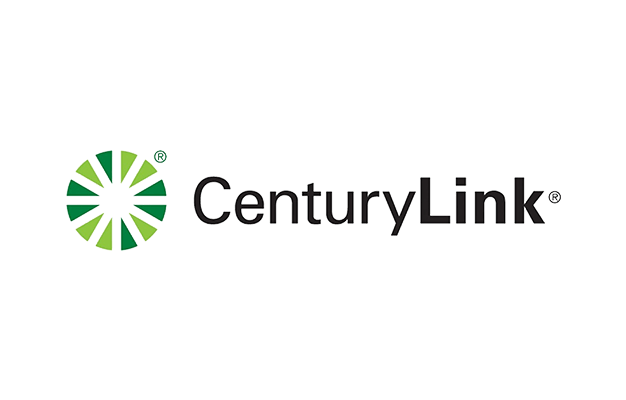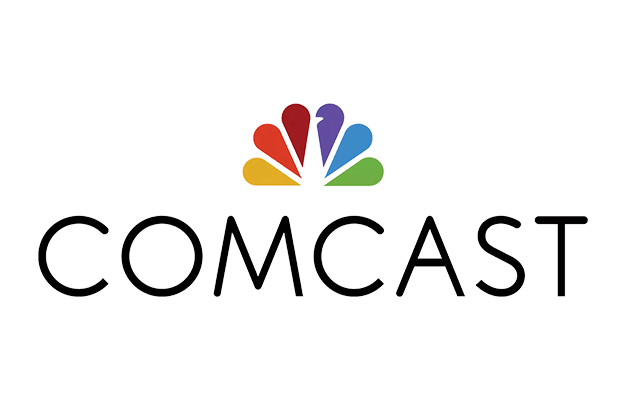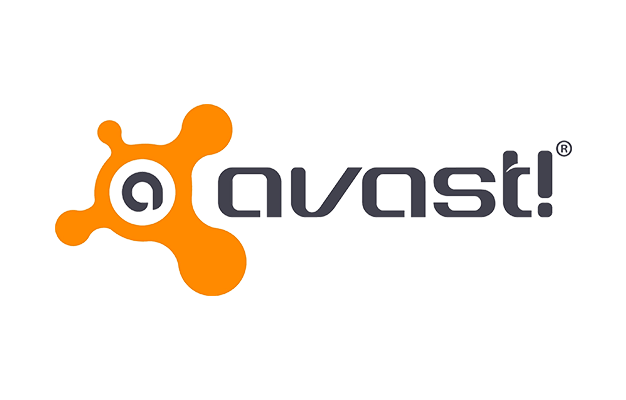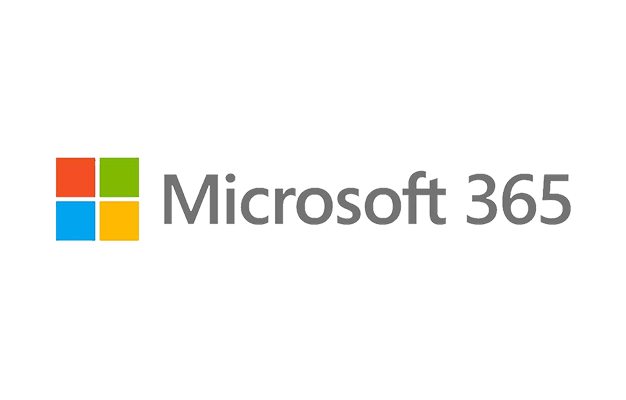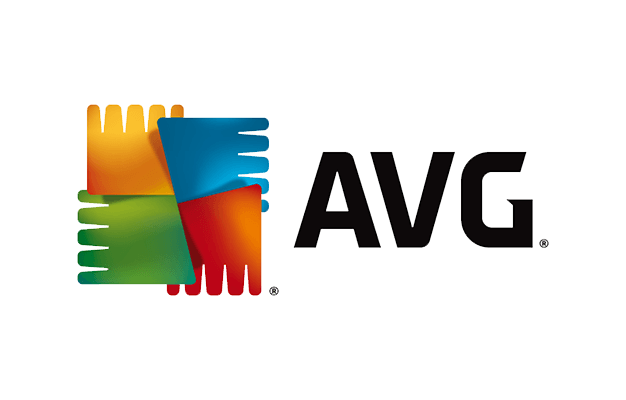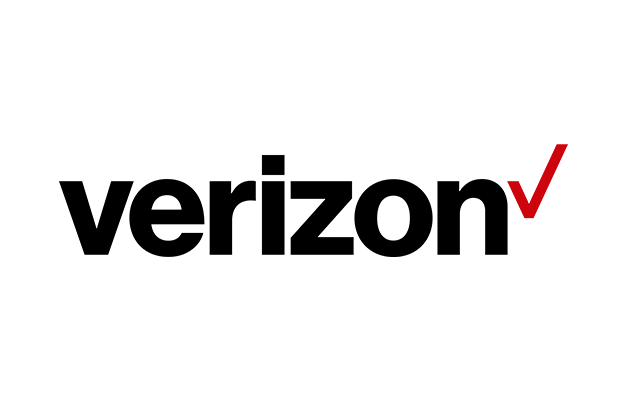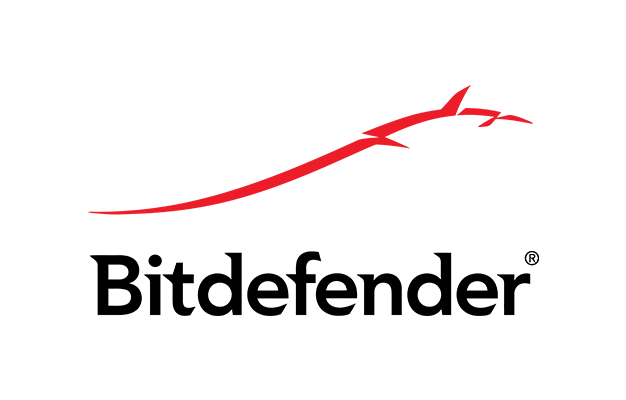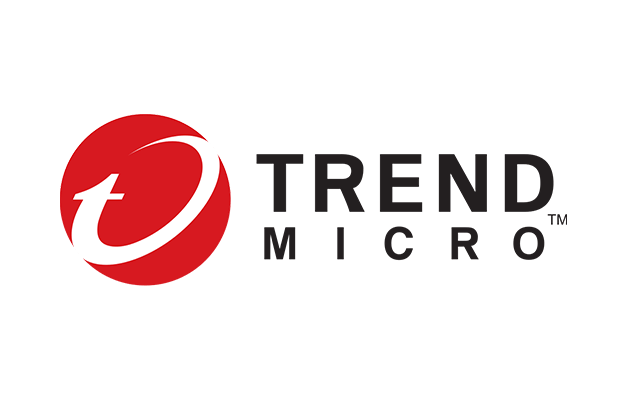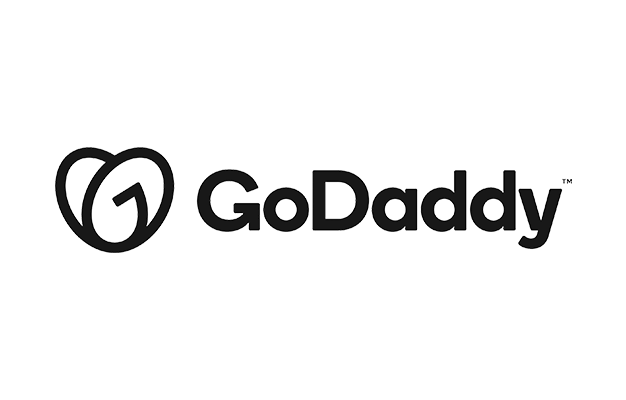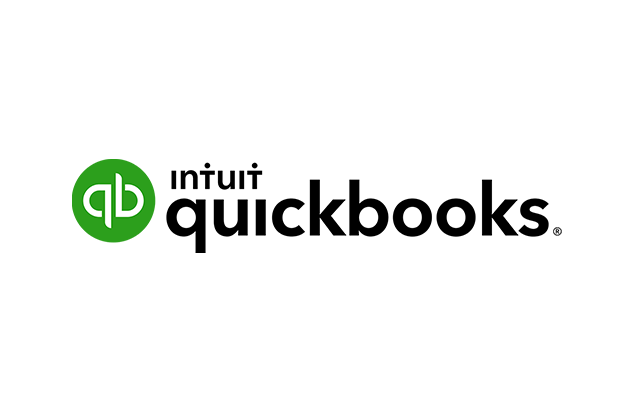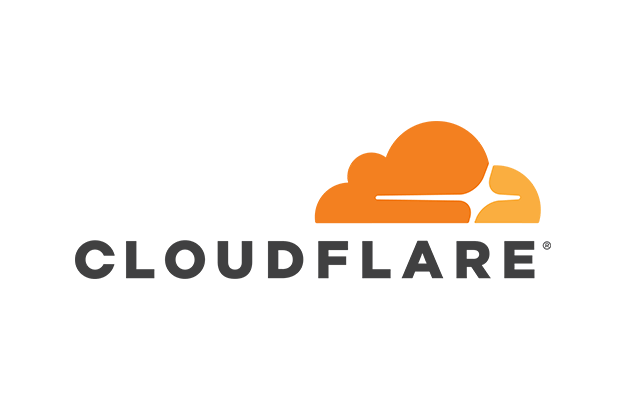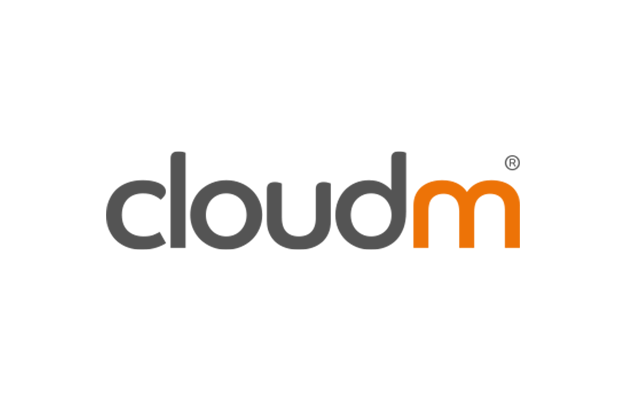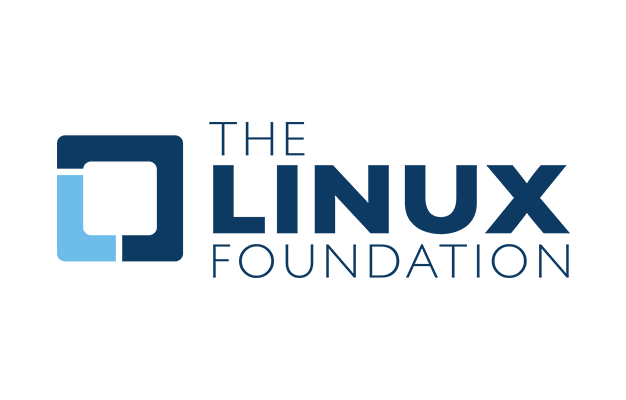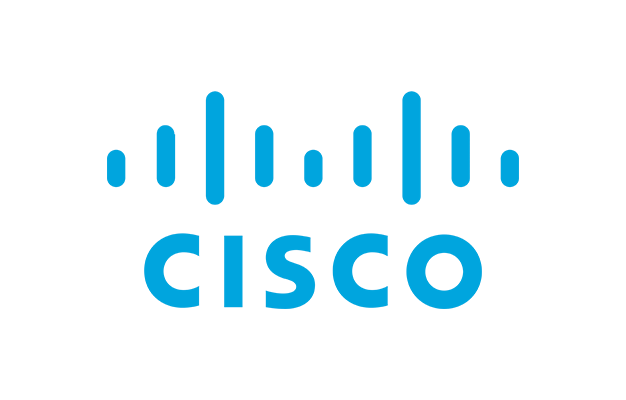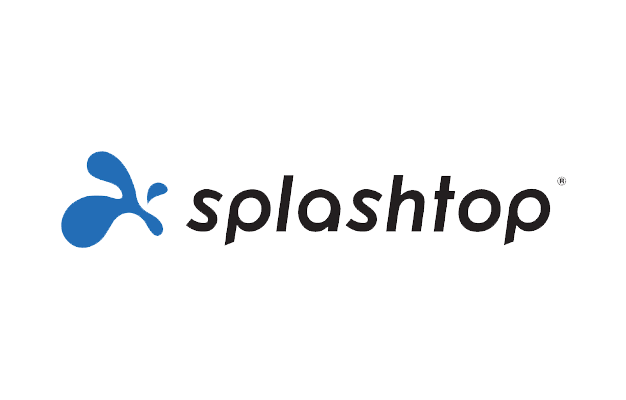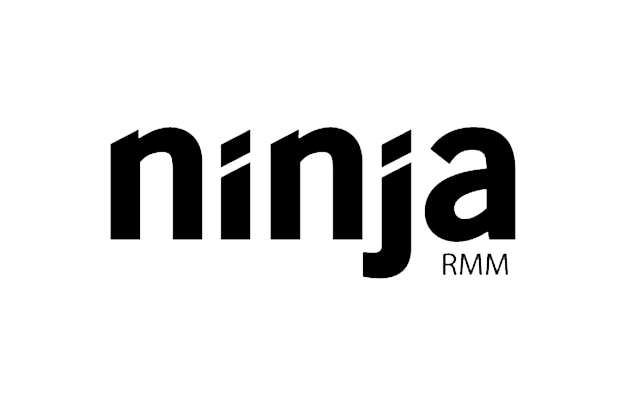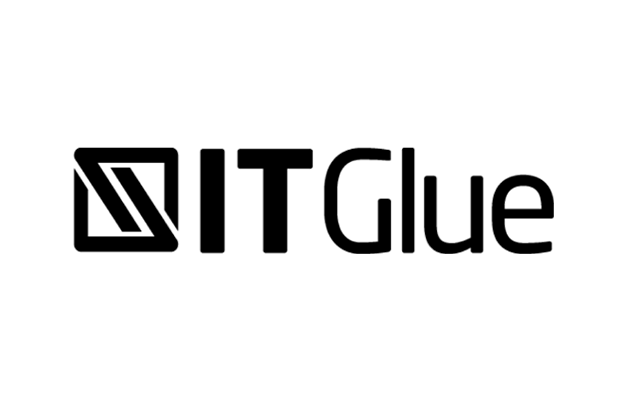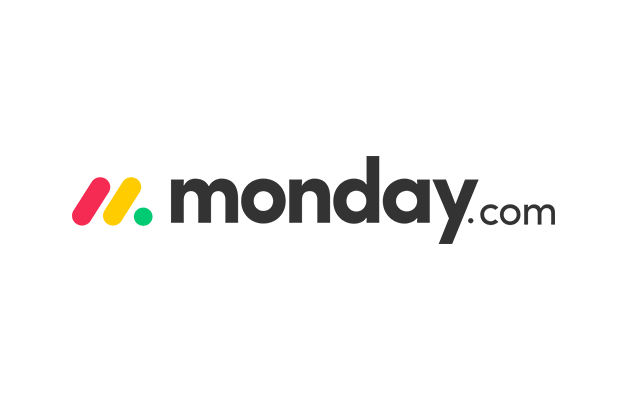Data Loss Prevention Tools You Should Know

3 Types of Data Loss Prevention Tools for Your Business
Can you imagine your company being accused of stealing from a client?
This kind of controversy can flush all of your hard work down the drain as you face imminent litigation. In the digital age, cyber hackers are rampant, and it has become easy for them to access sensitive data illicitly. Often, it takes time to find the culprit.
That is why companies are investing in
data loss prevention tools
to avoid things like this from happening.
Data loss prevention
Data loss prevention or DLP are processes and technology that help businesses avoid a breach or loss of crucial data. DLP software provides multiple functions, including:
- Identifying your confidential files
- Monitoring activities relating to the data
- Detecting and blocking cyber threats
- Security policy violations show up as an alert
Why is data loss prevention important?
Every business holds clients’ vital information. If this data gets lost, or worse, used for malicious intent, it takes a toll on the company’s reputation and interests.
- Protects personal and sensitive data
Companies ask for their clients’ details, including personal and payment card information. With this prevention in place, they strictly abide by compliance regulations to protect clients’ sensitive data. A DLP tool installed on your system protects this private data by identifying and tracking the activities related to it. DLP tools also limit the company’s data authorization to prevent employees from intentionally using information for their advantage.
- Prevents data breach
If your company stores intellectual property like patents and trade secrets, you must prevent them from being publicly accessed. Your organization must set up data loss prevention controls and policies to protect and defend these confidential files from a security breach. Additionally, set up barriers to lessen the impact if there is a breach of information.
- Visibility
Data visibility is essential when tracking users’ behavior within the network. DLP gives you the ability to see which endpoints and networks have interactions with your data and how they are using it. This function allows you to oversee and detect cyber threats within your system.
Types of data loss prevention tools
- Network DLP
Data loss prevention solutions monitor and track activities within your company’s private network. These activities include sending out emails, file-sharing, and transfer. Once your software detects irregularities in your network, it alerts you right away.
- Endpoint DLP
Endpoint pertains to physical devices that receive and store data like your computers and smartphones. DLP reaches into your access points for visibility and effectively prevents data breaches or leakage.
This type of DLP tool requires every employee to install this software on each device that connects with the organization‘s network. However, once it is applied, it’s easy to monitor and manage all endpoints through a dashboard.
- Storage DLP
This class of DLP software gives you access to confidential files shared and stored by parties with access to your network. It may be from on-premises software or cloud-based networks.
On-premise storage requires the installation of software on all computers and other devices instead of a cloud. A cloud is a remote storage facility accessed by authorized users connected to the internet.
The takeaway
Data security is everyone’s responsibility. It takes a village to uphold the company’s standards when protecting its sensitive data. Each team member should be mindful of how they utilize and store information. Creating a process that outlines data authorization, authentication, storage, and sharing helps prevent data loss. Investing in network security tools and data protection systems is not about having the best IT systems but mitigating business risks.
Take the burden of protecting your company’s digital assets off your shoulders and focus on scaling your business. Contact a
trusted tech company today and let them take care of your business’s IT needs.








